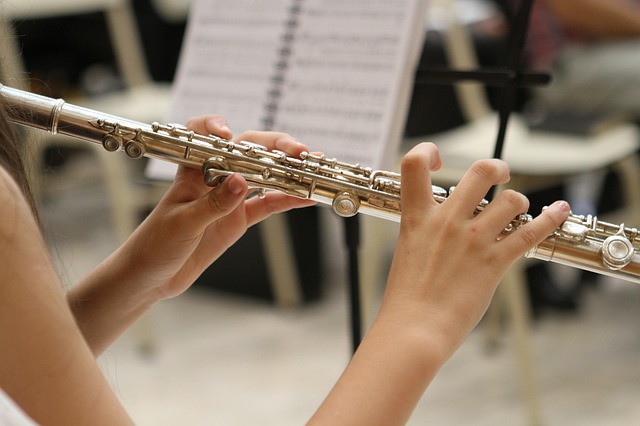Lulu & Mischka recorded the final day of their 6-day online journey into mantra meditation that brought together hundreds of people around the world at this time of anxiety and uncertainty brought on by the Coronavirus. Their chanting and accompanying music on the guitar and harmonium provided a haven in these turbulent times. Their harmonies are enriched by Lulu’s operatically trained voice that transports you into another reality – beyond fear and anxiety.
In today’s recorded session, Lulu & Mischka focused on the mantra, Jaya Ganesha, which they translate to mean:
Ease and flow wherever we go, open to the mystery each day. Calling for protection on our journey, guidance and blessings on our way. Bless away the obstacles, open to the miracles.
Inherent in the mantra is acceptance of what is and letting go of the resistance that aggravates the suffering of the present moment. Their mantra meditations can bring “openness of the heart, quietness of the mind and comfort of the body” in times of enforced lockdowns, social distancing and social isolation. They have designed an online mantra meditation course to enable their global audience to continue their journey into inner peace.
Incorporating yoga breathing
At the beginning of their mantra meditation sessions, Lulu & Mischka incorporate yoga breathing and often finish with this practice. Lulu describes this process as deep breathing, as if drawing breath through a straw – the inbreath moving from the lower abdomen, expanding the lungs and filling the chest. The outbreath reverses this process and enables release of tension, stress and resentment.
The deep breathing enhances the calming influence of the chanting and movement that forms part of their daily ritual that they share with others through their recorded music such as the Enchanted CD which is available as a download. Lulu and Mischka are strong supporters of the charity, A Sound Life, that helps people in need to improve their wellbeing through yoga, meditation and music.
Reflection
There is something about Lulu & Mischka and their approach to mantra meditation that is engaging and effortless and appeals to people around the world. Their international festival appearances attest to this appeal. The combination of chanting accompanied by deep breathing and musical instruments (the harmonium and guitar) act as a form of music therapy that is capable of transporting us beyond the pain and preoccupations of the present to a place of calm and equanimity. As we grow in mindfulness through mantra meditation, we can find an inner peace, a strengthened resolve and a willingness to extend compassionate action to others.
____________________________________________
Image by S. Hermann & F. Richter from Pixabay
By Ron Passfield – Copyright (Creative Commons license, Attribution–Non Commercial–No Derivatives)
Disclosure: If you purchase a product through this site, I may earn a commission which will help to pay for the site, the associated Meetup group and the resources to support the blog.








